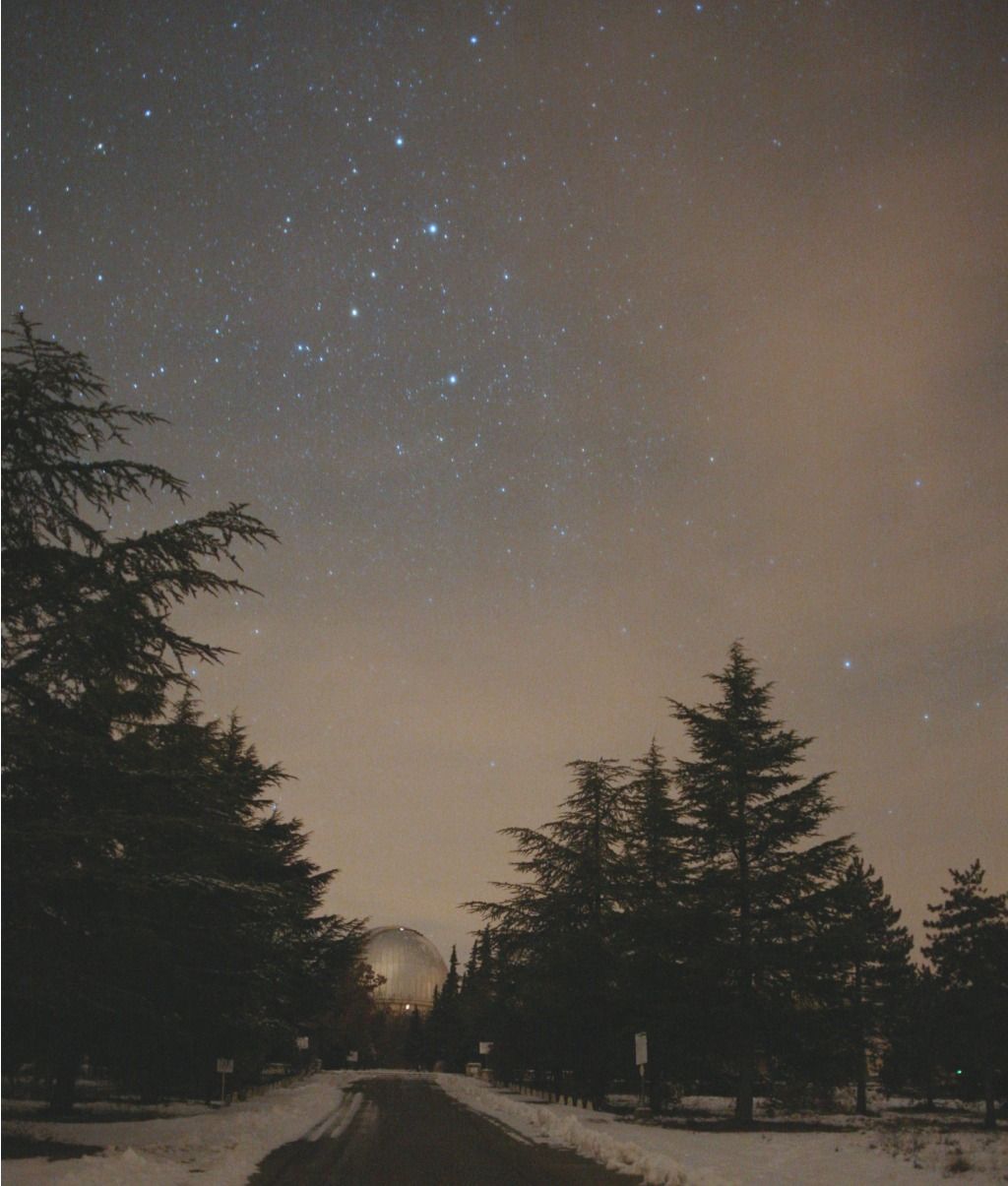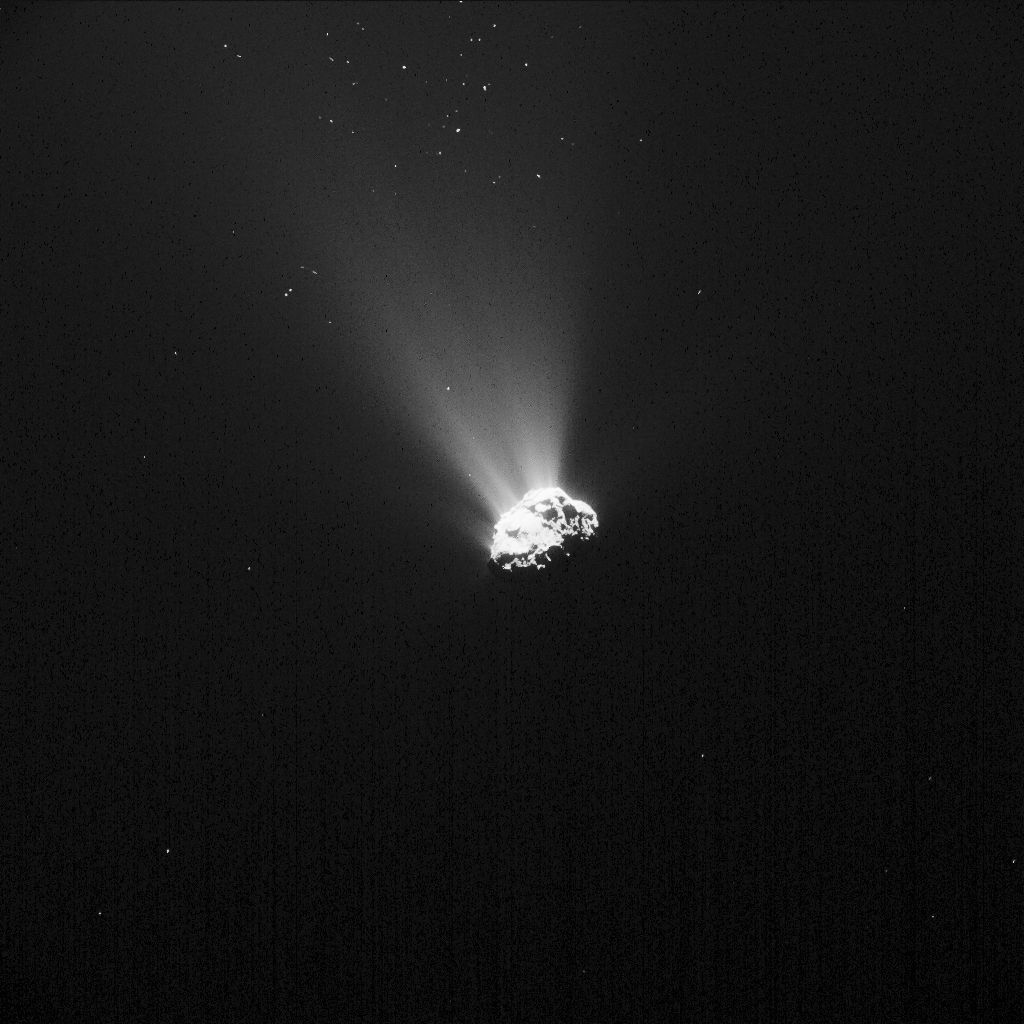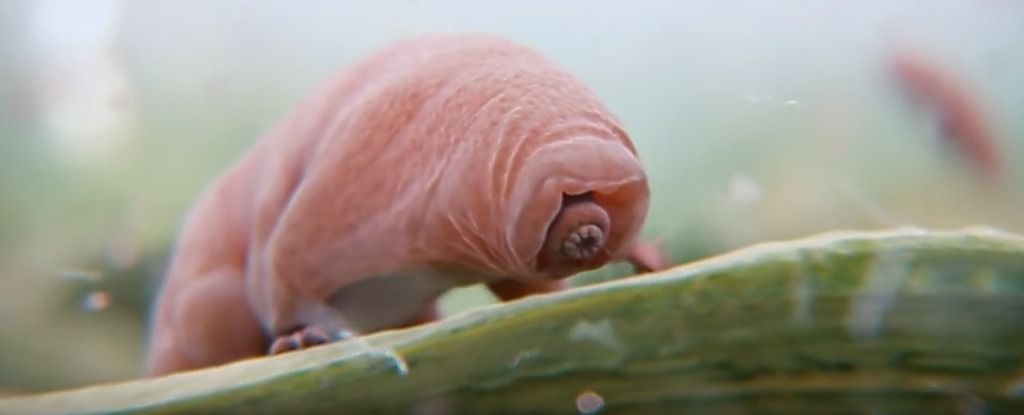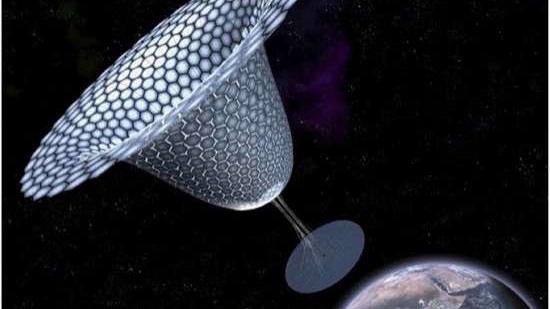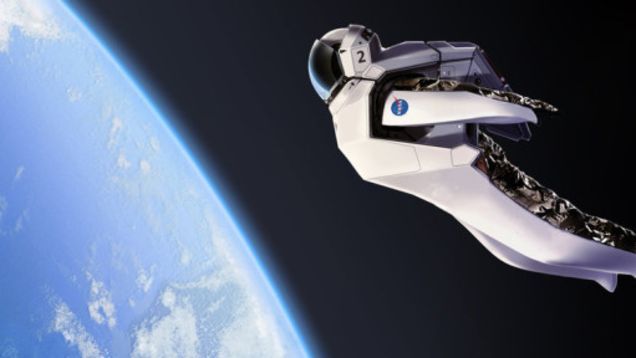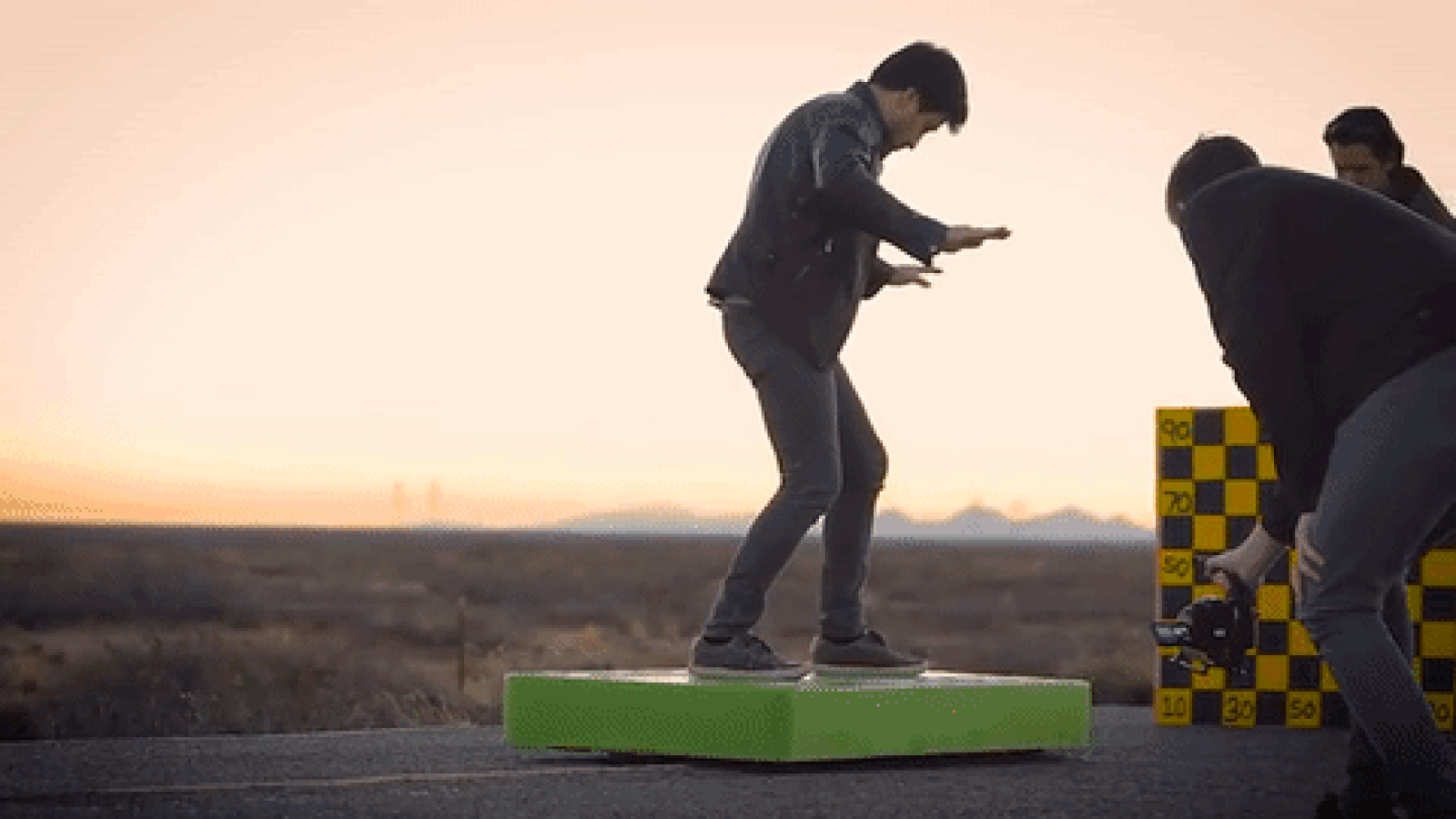It’s been a short 20 years since Mayor and Queloz first detected 51 Peg b, the first exoplanet discovered around a solar type star. This is my personal take on this all; kind of takes me back. I can still smell the thyme at Haute-Provence.
Archive for the ‘space’ category: Page 1000
Dec 29, 2015
[Visual Dictionary] Out of This World Space Art — By Dave Valeza | The Creators Project
Posted by Odette Bohr Dienel in categories: media & arts, space, space travel
“[Dave Valeza] captures the wonder artists worldwide have experienced with the rejuvination of the space industry of the past few years. From finding water on Mars to landing reusable rockets (plural!), 2015 has been a great year for space, and artists are loving it.”
A superconductor that deflects cosmic radiation away from interplanetary spacecraft sounds like science fiction, but it’s on its way to becoming reality. Tim Dean reports.
Dec 26, 2015
ESA Makes Last-Ditch Effort To Recontact Comet Lander
Posted by Bruce Dorminey in category: space
Philae and Rosetta have already been spectacular successes, but ESA wants to tease some last minute new data from the comet lander on 67P/C-G if it can re-establish contact.
More than a year after the European Space Agency’s (ESA) Philae spacecraft made history with the first-ever successful touchdown on the surface of a comet — 67P/Churyumov-Gerasimenko, its Rosetta spacecraft is still trying to re-establish contact with its now-silent lander.
“We’re trying to contact the lander once more before that area goes back into shadow,” Joel Parker, Deputy Principle Investigator on Rosetta’s ALICE ultraviolet spectrograph and a planetary scientist at the Southwest Research Institute (SWRI) in Boulder, told me. “We’re really trying to coordinate the spacecraft distance- and location-wise to optimize communication.”
Continue reading “ESA Makes Last-Ditch Effort To Recontact Comet Lander” »
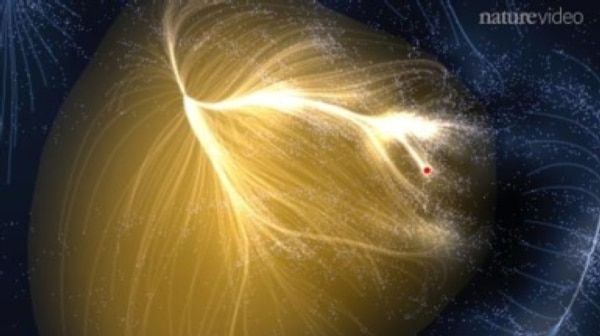
Superclusters – regions of space that are densely packed with galaxies – are the biggest structures in the Universe. But where does one end and another begin? And where are we in the picture?
This article was reproduced with permission and was first published on September 3, 2014. It is a Nature Video production.
Dec 26, 2015
Water bears turn into glass when they dry out
Posted by Matthew White in categories: biotech/medical, food, space
Tardigrades — known affectionately as water bears or moss piglets — have pretty much got it all. These microscopic invertebrates are capable of surviving the most extreme conditions you could dream up, including prolonged desiccation and near-100 percent water loss, freezing and boiling temperatures, intense ionising radiation, and the vacuum of outer space.
Scientists have discovered that to survive extreme desiccation, tardigardes produce a special type of ‘bioglass’ to hold essential proteins and molecules together until they’re rehydrated back to life. Now they’re figuring out how to use this mechanism to develop drought-resistant crops and longer-lasting vaccines.
Back in September, researchers from the University of Chicago announced that they’d discovered a new type of glass — one produced internally by the tardigrade during desiccation. While they’re yet to figure out exactly how the glass is formed, they concluded that it’s produced as a protective mechanism to ensure that tardigrades can survive losing pretty much all of the water in their cells.
Dec 25, 2015
GeekWire Radio: Alan Boyle’s guide to the year in space, and what’s next for the universe in 2016
Posted by Klaus Baldauf in category: space
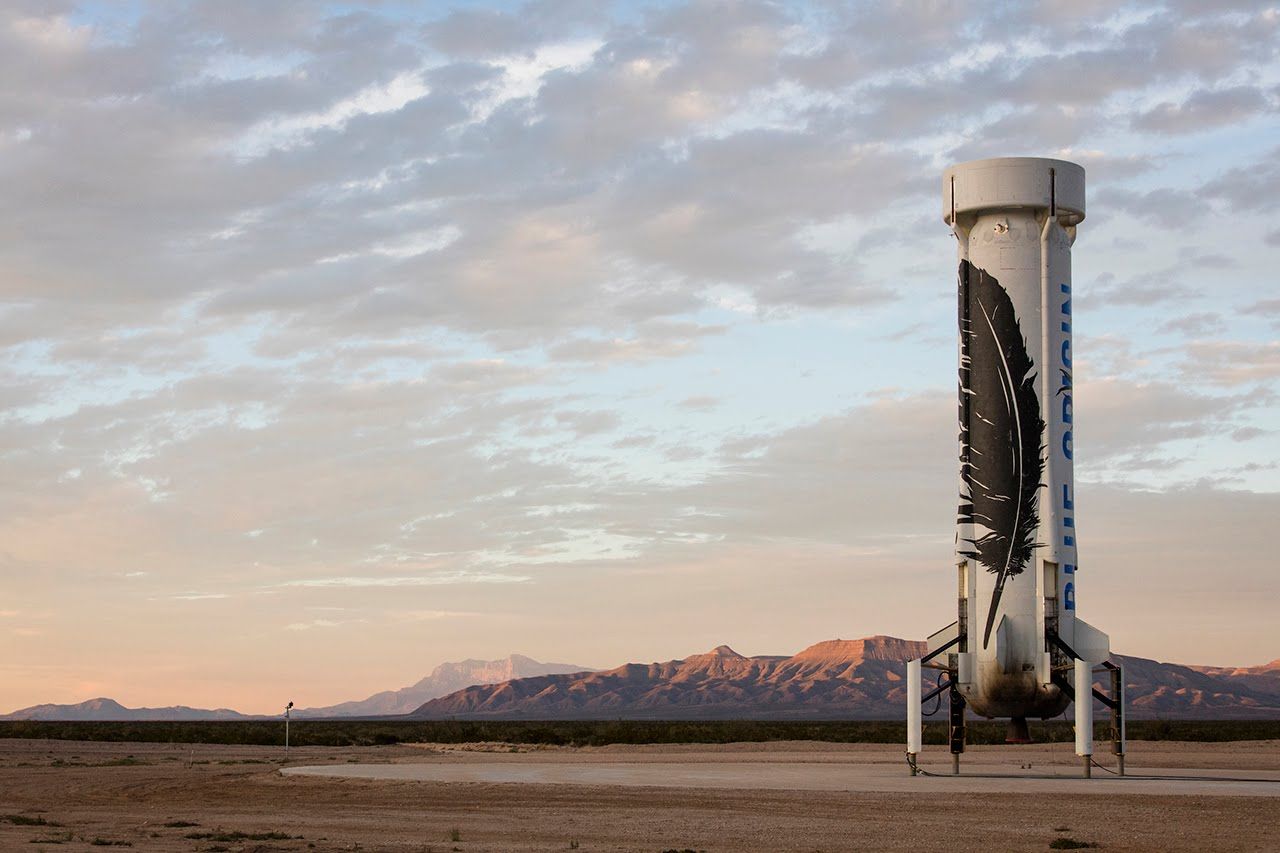
This week on the GeekWire radio show and podcast, we’re joined by Alan Boyle, GeekWire’s aerospace and science editor, who catches us up on the biggest news from space this year, literally putting the universe in perspective. We also look ahead to 2016 and bring things closer to Earth with an explanation of the FAA’s new registration requirements for that recreational drone under your tree for the holidays.
Listen to an extended version of the show below, and continue reading for an edited transcript. Download the MP3 here. And if you love space and science news, be sure to sign up for GeekWire’s weekly Space & Science newsletter, featuring Alan’s coverage.
Dec 25, 2015
This Satellite Could Be Beaming Solar Power Down from Space
Posted by Shailesh Prasad in categories: solar power, space, sustainability
In the third century BCE, King Hiero II of Syracuse asked Archimedes to devise a number of death traps to thwart Roman invaders. Among the many designs the great inventor drew up was a solar death ray. The basic idea was to build an array of mirrors that could reflect rays of light into a central blast, causing Roman ships to burst into flame. It’s unlikely the weapon ever made it past the blueprint stage, but it became an incredibly influential model nonetheless. Archimedes was perhaps the first solar power convert, searching for a way to take advantage of the inconceivable amount of energy our friendly neighborhood star barfs up every second.
The only thing that would make Archimedes’ solar death ray more fascinating is if it was technically feasible, socially benevolent, and in space. That’s where John Mankins comes in. A NASA veteran, aerospace entrepreneur, and space-based solar power (SBSP) expert, Mankins designed the world’s first practical orbital solar plant. It’s called the Solar Power Satellite via Arbitrarily Large PHased Array, or SPS-ALPHA for short. If all goes to plan, it could be launched as early as 2025, which is sooner than it sounds when it comes to space-based solar power timelines.
Scientists have been aware of the edge the “space-down” approach holds over terrestrial panels for decades. An orbiting plant would be unaffected by weather, atmospheric filtering of light, and the sun’s inconvenient habit of setting every evening. SBSP also has the potential to dramatically increase the availability of renewable energy.
Dec 24, 2015
Imagine plunging into Earth’s atmosphere using this re-entry spacesuit
Posted by Matthew White in category: space
Space diving like Commander Shepard or Master Chief. Theoretical, obviously.
Just imagine the experience of a lifetime: Jumping from low Earth orbit, your world turns into fire as the acceleration increases…
Dec 24, 2015
This hoverboard costs $20,000 and can fly for six minutes
Posted by Klaus Baldauf in categories: energy, space, transportation
2015 was literally and figuratively the year of the hoverboard. While everyone was talking about the self-balancing scooters, two companies showed off skateboard-shaped boards that actually hovered a few inches above the Earth: Lexus with the “Slide” board, and Arx Pax with its second generation Hendo Hoverboard. Now, just days before the new year, another company called ArcaSpace is taking a shot at making the mythical hoverboard.
ArcaSpace is primarily a private space company, and one of the original 26 teams that competed in the Ansari X Prize competition in 2004. (It also entered the Lunar X Prize competition, too, before pulling out in 2013.) But early this morning the company released a video that shows off the “ArcaBoard,” a fan-powered rectangle that can lift a person off the ground by almost a foot.
The ArcaBoard gets its power — 430 pounds of thrust, or 272 horsepower, according to the company — from 36 electric fans. The company also says its built in some self-balancing tech to make it fly smoothly. Beyond that, though, it doesn’t look like there’s much to the experience. Dumitru Propescu, ArcaSpace’s CEO, is seen riding it in the video, but it doesn’t look like he has much control over where it’s going. It’s actually pretty reminiscent of the Hendo Hoverboard videos — sure, it hovers, but you can’t really steer it enough to ever use it to get anywhere.
